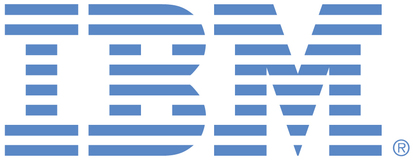
This is an IBM Automation portal for Integration products. To view all of your ideas submitted to IBM, create and manage groups of Ideas, or create an idea explicitly set to be either visible by all (public) or visible only to you and IBM (private), use the IBM Unified Ideas Portal (https://ideas.ibm.com).
Shape the future of IBM!
We invite you to shape the future of IBM, including product roadmaps, by submitting ideas that matter to you the most. Here's how it works:
Search existing ideas
Start by searching and reviewing ideas and requests to enhance a product or service. Take a look at ideas others have posted, and add a comment, vote, or subscribe to updates on them if they matter to you. If you can't find what you are looking for,
Post your ideas
Post an idea.
Get feedback from the IBM team and other customers to refine your idea.
Follow the idea through the IBM Ideas process.
Specific links you will want to bookmark for future use
Welcome to the IBM Ideas Portal (https://www.ibm.com/ideas) - Use this site to find out additional information and details about the IBM Ideas process and statuses.
IBM Unified Ideas Portal (https://ideas.ibm.com) - Use this site to view all of your ideas, create new ideas for any IBM product, or search for ideas across all of IBM.
ideasibm@us.ibm.com - Use this email to suggest enhancements to the Ideas process or request help from IBM for submitting your Ideas.

We definitely need this automation. Please put this on priority list.
Automating the process of creating and managing keystores in Red Hat OpenShift can significantly enhance security, streamline deployment workflows, and improve overall efficiency. Let’s delve into the reasons why this feature is important:
Security Enhancement:
Efficiency and Consistency:
GitOps and CI/CD Integration:
Custom Resource Definitions (CRDs):
In summary, automating keystore creation and assignment not only enhances security but also aligns with modern deployment practices. Custom Resource Definitions can further simplify the process by allowing developers to work with familiar abstractions. Implementing this feature would be a valuable addition to OpenShift’s capabilities